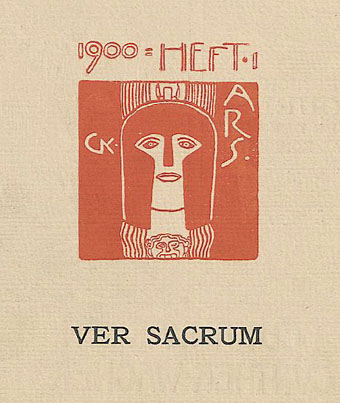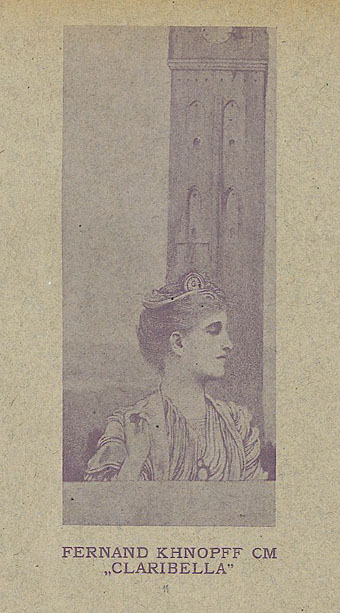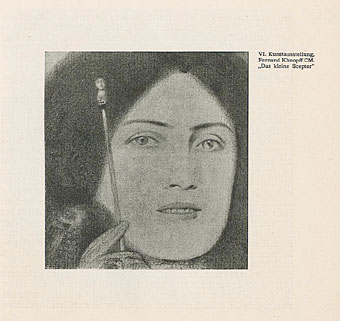
Ludwig von Hofmann was a German artist whose work has already appeared via the above example from Deutsche Kunst und Dekoration. Many of Hofmann’s drawings and paintings appeared in that magazine’s rival publication, Pan magazine, for which the artist also provided a cover design for the collected editions, and vignettes for the interiors.
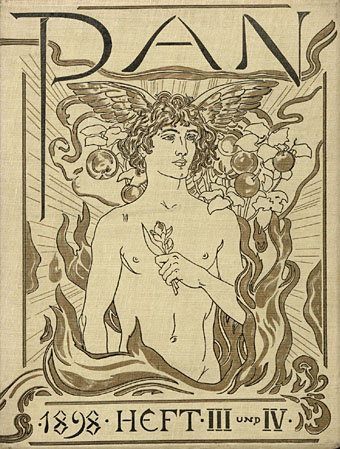
Hofmann is also of note for those of us who search art history for potentially gay art or artists. A handful of his works turn up continually on forums where homoerotic artwork is posted even though I’ve yet to see any evidence that his desires ran in this direction. It’s true that many of Hofmann’s pictures focus exclusively on the naked male form, but it’s equally true that he painted and drew a large number of naked women. Males and females often appear together in Adam and Eve pictures, a theme which was so common in German art at this time it’s easy to assume that most artists were using the subject as the merest excuse to represent the unclothed figure.
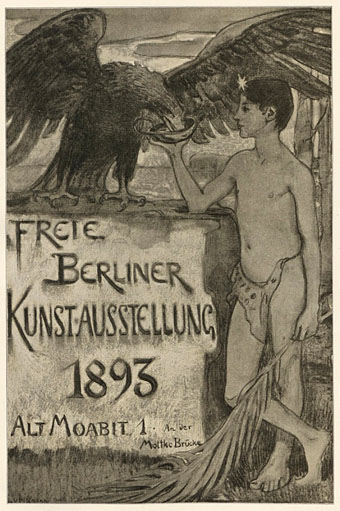
Ganymede poster design from Pan (1895).
Biographical details state that Hofmann married his cousin in 1899 although he still may have been bisexual, of course. If I was making a case for a Uranian inclination in his art I’d point to his poster design on the Ganymede theme (a favourite among gay artists with its story of Zeus falling for a beautiful boy), his many drawings of bathing boys and naked riders on horseback (the latter seems an obsession), Thomas Mann’s admiration for his work, and at least one sketch of a boy from Capri, an island with a long history as a favourite holiday resort for the rich and famous homosexuals of Europe. Whatever the truth, many of Hofmann’s pictures remain homoerotic, intentionally or not, and a few further examples are posted here. I should note that two of the pictures have been cropped to focus on the male figures, and that many of them lack verifiable dates.
Continue reading “The art of Ludwig von Hofmann, 1861–1945”
